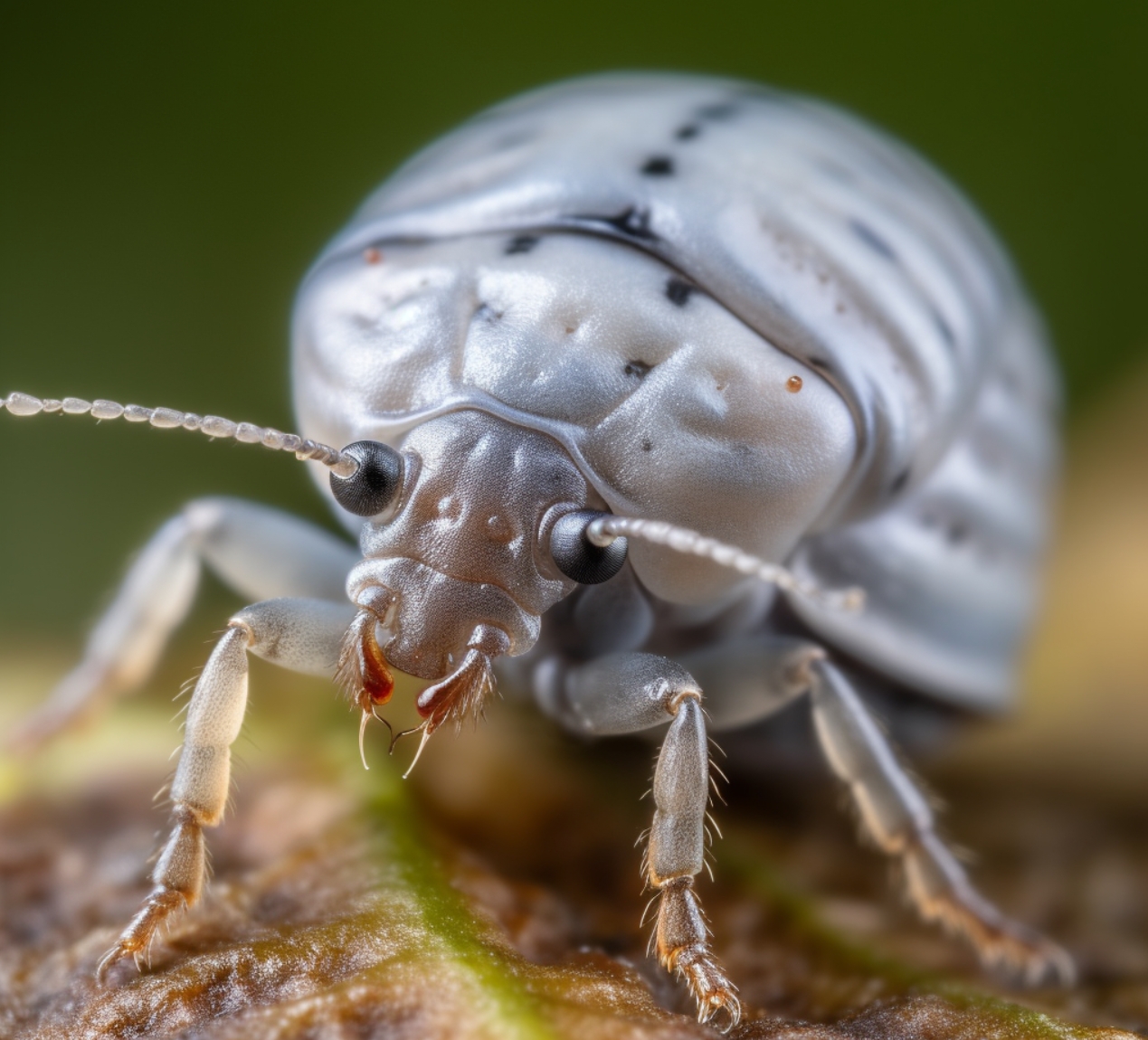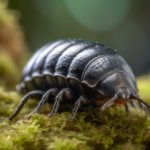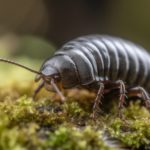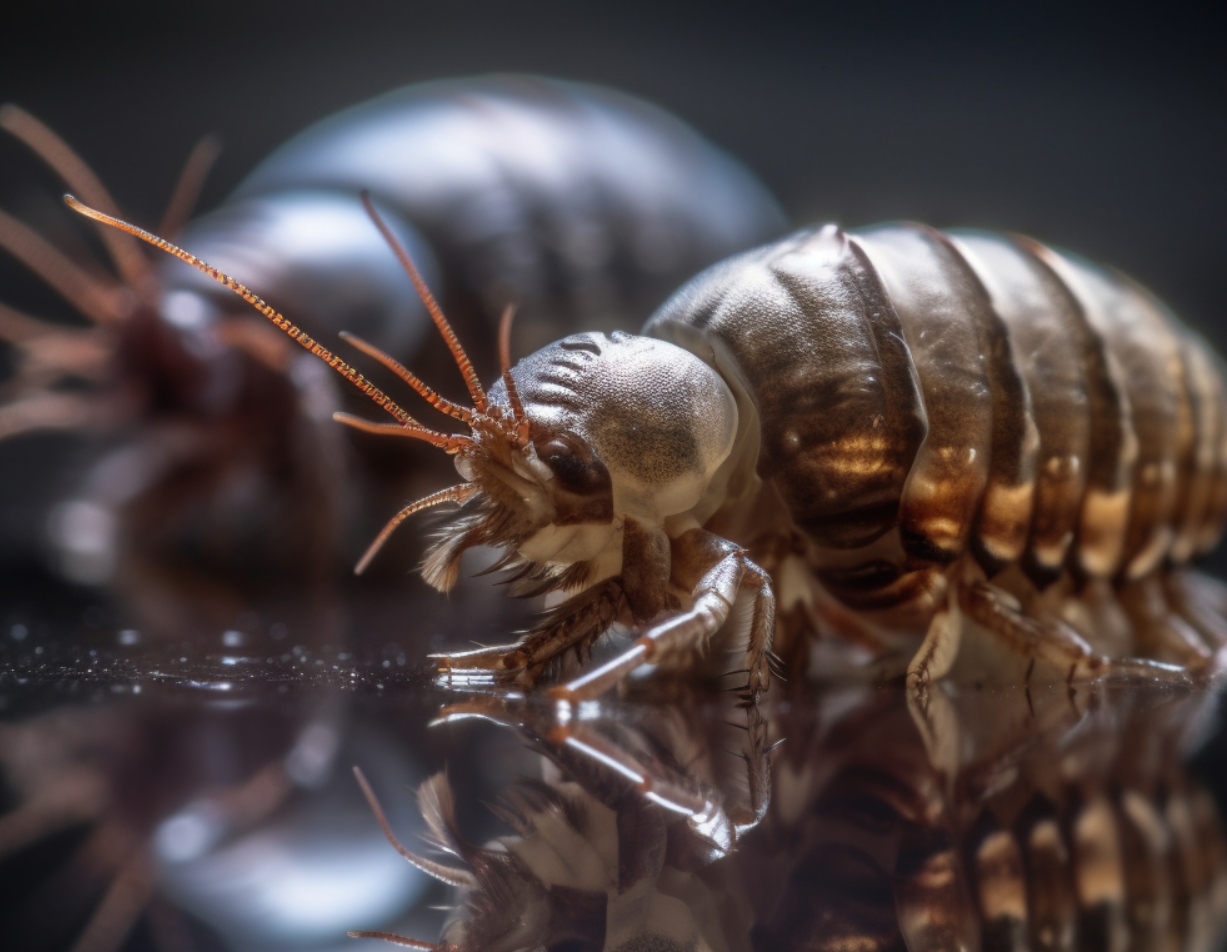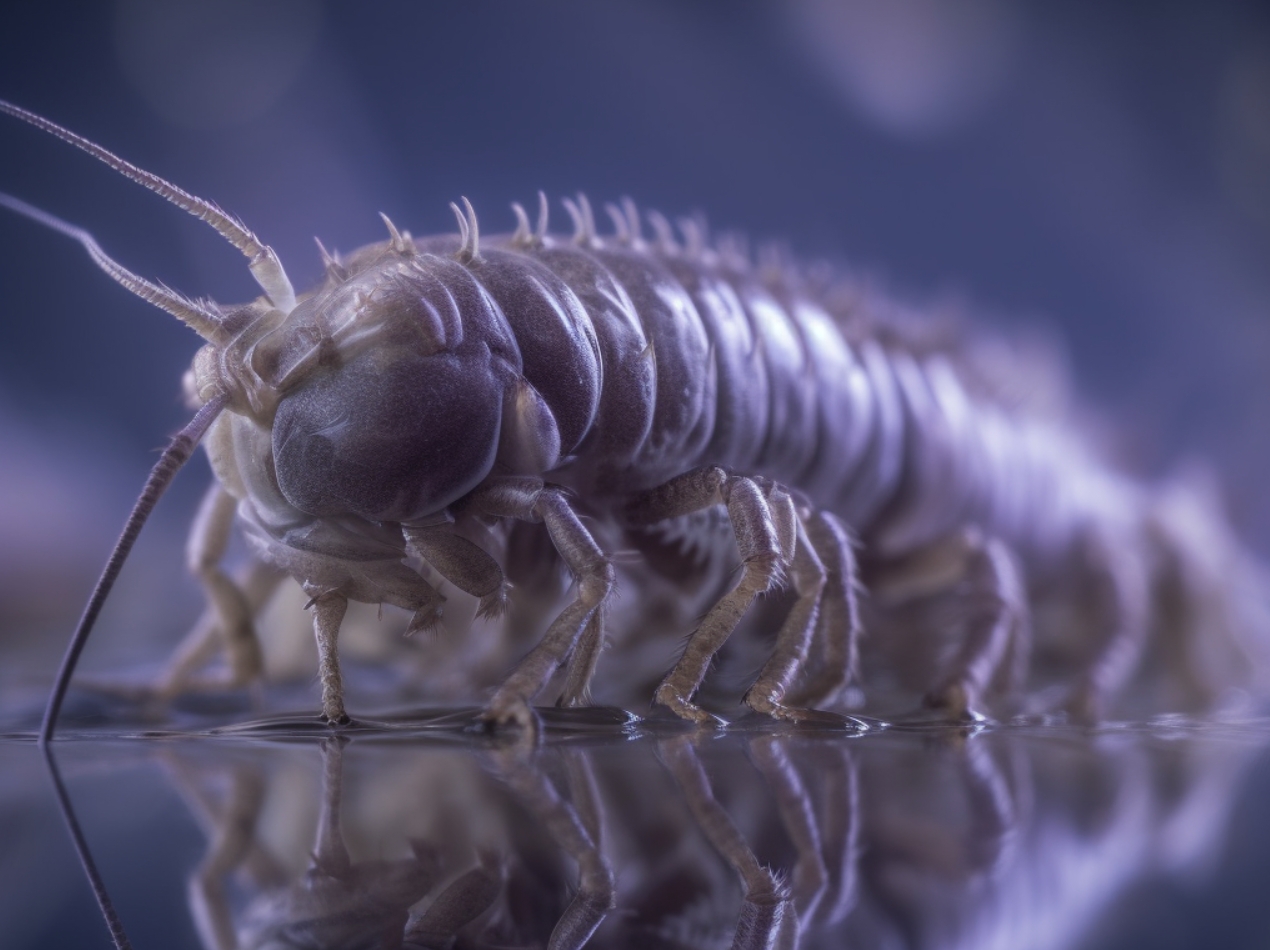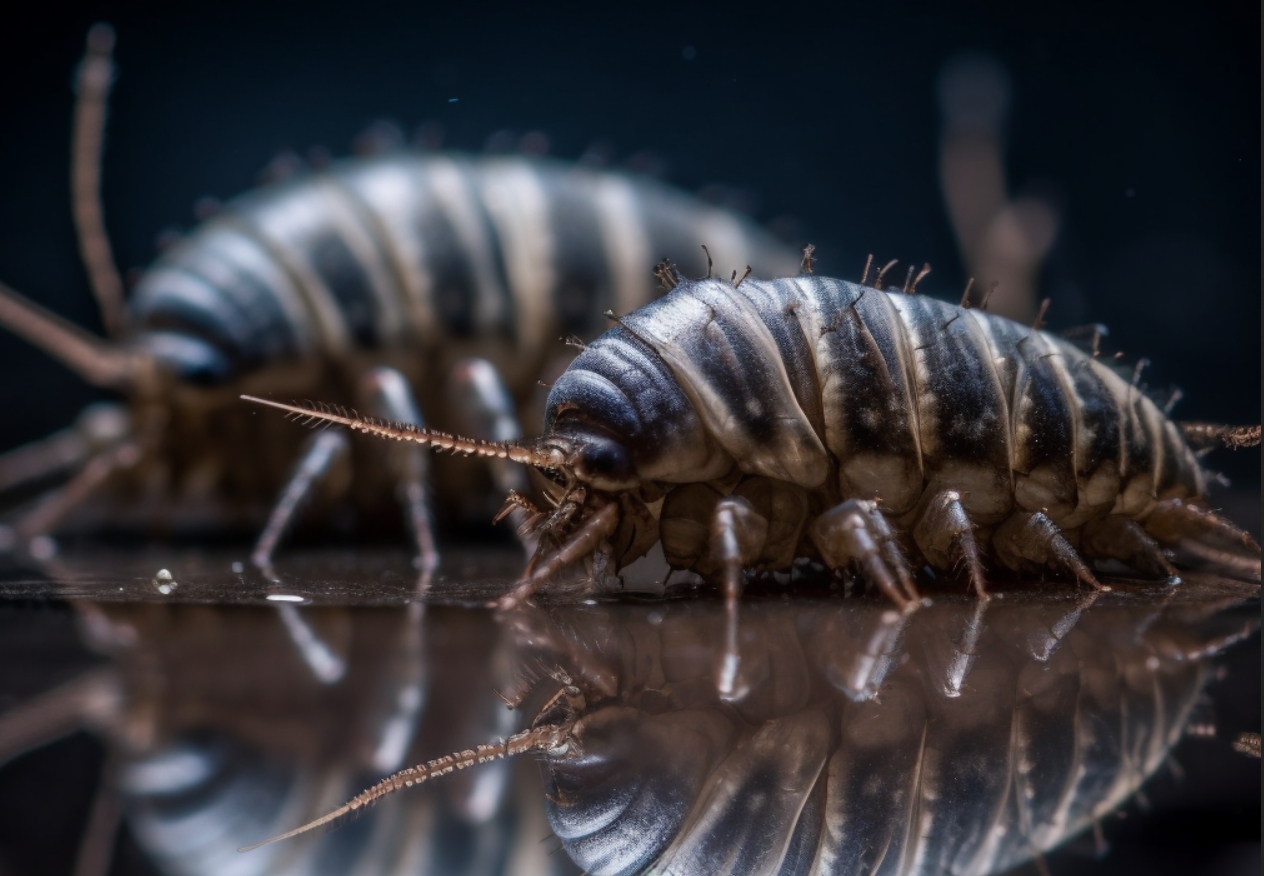Woodlice are fascinating creatures that have a unique anatomy and a set of intriguing behaviors. In this article, we will explore the world of woodlice, uncovering the secrets of their anatomy, shedding light on their behavior, and delving into the many fascinating aspects of their lives. Get ready to have your mind blown as we embark on this journey of discovery!
The Woodlouse: A Quick Introduction
Contents
Before we get into the details of woodlice anatomy and behavior, let’s first understand what woodlice are. Woodlice are small, land-dwelling crustaceans, which are typically found in damp, dark environments. They’re often encountered under logs, stones, and leaf litter. Their appearance is characterized by their grey or brownish segmented exoskeleton, which gives them a distinct, armored look. You can learn more about woodlice in general by visiting woodlice in the house.
A Closer Look at Woodlice Anatomy
How Many Legs Do Woodlice Have?
One of the most intriguing aspects of woodlice is their anatomy, particularly the question of how many legs do woodlice have. Woodlice, like all crustaceans, are arthropods. They have a total of 14 legs, which are divided among their seven body segments. Each segment has a pair of legs, allowing woodlice to move about efficiently in their environment.
How Do Woodlice Breathe?
You may be wondering how do woodlice breathe since they don’t have lungs or gills like other animals. Instead, woodlice breathe through specialized organs called pleopods, which are located on the underside of their body. These pleopods are also known as “pseudo-tracheae” because they function similarly to tracheae in insects. They facilitate the exchange of gases, allowing the woodlice to take in oxygen and release carbon dioxide.
Intriguing Woodlice Behavior
Now that we’ve covered some of the basics of woodlice anatomy, let’s dive into their fascinating behavior.
How Do Woodlice Respond to Light?
Woodlice are highly sensitive to their environment, especially light. In general, woodlice prefer dark, moist environments and will actively avoid light. This is because their exoskeletons are permeable, making them prone to losing water and drying out. In response to bright light, woodlice will typically seek shelter in dark crevices or under debris to avoid desiccation.
What Do Woodlice Eat?
Woodlice play a crucial role in their ecosystems as decomposers, feeding primarily on decaying organic matter such as dead leaves and rotting wood. This helps recycle nutrients back into the soil, promoting healthy plant growth. Occasionally, woodlice may also consume small insects or other invertebrates. Want to learn more about their diet? Check out what do woodlice eat for an in-depth analysis.
Dealing with Woodlice: A Step-by-Step Guide
While woodlice play an essential role in the ecosystem, they can sometimes become a nuisance in homes and gardens. If you find yourself in need of managing a woodlice population, follow this step-by-step guide that incorporates effective solutions from BestPestWorld.
Step 1: Identify and Eliminate Woodlice Habitats
The first step in controlling woodlice is to identify and eliminate their preferred habitats. Look for damp, dark areas in your home or garden, such as under logs, rocks, and leaf litter. Remove these materials and ensure that the affected areas are well-ventilated and dry.
Step 2: Seal Gaps and Cracks
Woodlice can enter your home through gaps and cracks in walls, doors, and windows. Inspect your property for any potential entry points and seal them using caulk or weatherstripping.
Step 3: Use Woodlice Killer Products
If you’re still struggling with a woodlice infestation, consider using a woodlice killer product. BestPestWorld offers a range of effective, eco-friendly solutions that can help you manage woodlice populations in your home or garden. Always follow the manufacturer’s instructions when using these products.
Step 4: Regularly Clean and Monitor Your Property
To prevent future woodlice infestations, maintain a clean and tidy property. Regularly remove leaf litter, logs, and other debris that could provide shelter for woodlice. Additionally, monitor your property for signs of woodlice activity and address any issues as soon as they arise.
Fun Facts About Woodlice
Now that we’ve covered the basics of woodlice anatomy and behavior, as well as how to deal with them if they become a nuisance, let’s dive into some fun and interesting facts about these unique creatures:
- Woodlice are not insects: Despite their common nickname “pillbugs,” woodlice are not insects but crustaceans. They are more closely related to crabs, lobsters, and shrimp than to insects.
- Woodlice can roll into a ball: Some species of woodlice, like the pill woodlouse, can roll into a tight ball when threatened. This behavior is called “conglobation” and serves as a defense mechanism to protect their soft underside.
- Woodlice help fight climate change: By consuming decaying plant matter, woodlice indirectly help reduce the release of greenhouse gases like methane and carbon dioxide into the atmosphere.
- Woodlice can regenerate lost limbs: If a woodlouse loses a leg, it has the remarkable ability to regenerate it during subsequent molting stages. This process can take several molts to fully replace the lost limb.
- There are over 3,500 species of woodlice: Woodlice are a diverse group of animals, with over 3,500 different species found worldwide.
In conclusion, woodlice are incredible creatures with a unique anatomy and a range of fascinating behaviors. By understanding their anatomy and behavior, we can appreciate the essential role they play in our ecosystems and learn how to manage them effectively in our homes and gardens. With their intriguing characteristics and ecological importance, there’s no doubt that woodlice are truly fascinating organisms worth discovering.
